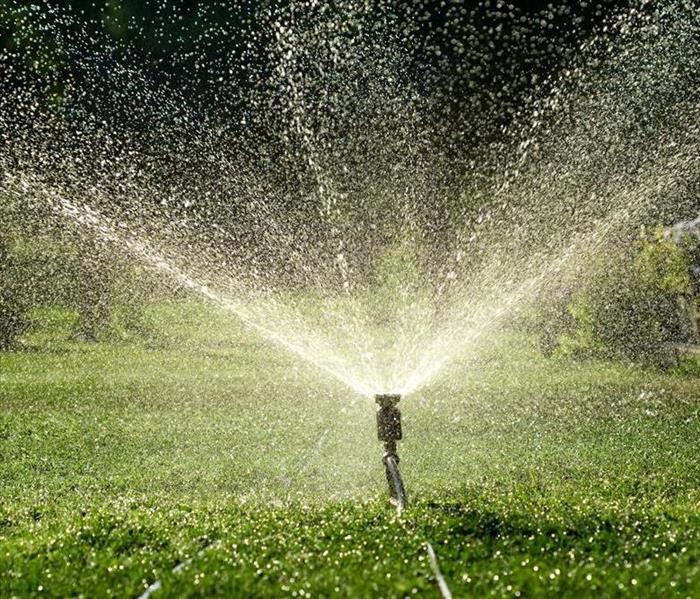How To Troubleshoot a Commercial Irrigation System
1/13/2022 (Permalink)
 Follow these Steps if you are dealing with Irrigation Problems. If any doubt arises, please contact us.
Follow these Steps if you are dealing with Irrigation Problems. If any doubt arises, please contact us.
An irrigation system can be a valuable tool for maintaining your landscaping or commercial farming operations during dry weather. However, irrigation systems sometimes develop problems that require troubleshooting.
Troubleshooting Steps for Irrigation Problems
Some issues may require you to contact a professional repair company in South Boston, VA; however, before you call a pro it can be useful to troubleshoot the problem. You may be able to fix simple problems yourself or identify the issue so that you do not have to pay for someone else to find it.
1. Check for Damaged Sprinkler Heads
Inspect sprinkler heads for damage to the plastic casing, sprinkler heads that do not pop up, heads that are broken off and water that does not spray or sprays erratically. Repair or replace damaged sprinkler heads or make note of their location so a professional can do it.
2. Clean Sprinkler Heads
Sometimes cleaning a sprinkler head will get it working again. Remove any debris from your malfunctioning sprinkler heads, reset the spray pattern and check if the head works correctly the next time the system activates. If the head is still not functioning, it will probably need to be replaced.
3. Inspect the Backflow Device
If you are experiencing low water pressure in your irrigation system, inspect your backflow device. The backflow device is usually positioned near where the water pipe extends down to the valves that direct the water to separate sources. Make sure the water valves are turned on.
4. Check for Leaking Pipes
Leaking pipes can be a serious problem that not only prevents your system from working but could lead to property damage that requires remediation. Pipe leaks are most likely to occur between the valves and the first sprinkler head. Pools of water on your lawn can indicate a pipe leak.
5. Look for Problems With the Irrigation Line
If you can't find an obvious leak, your irrigation line could be compressed or crushed which can restrict water flow. This type of damage may be caused by tree roots or driving vehicles over-irrigation lines. Unfortunately, to locate the problem, you may need to dig up your property until you locate the damaged line.
6. Check Your Voltage
Sprinkler zones that fail to activate are often the result of electrical problems. Use a multimeter to test the voltage between the zone terminal and the common terminal. If it reads lower than 24 to 28 volts, you may need to replace the controller.
7. Inspect the Low-Voltage Wires
Low-voltage wires leading from the controller to the zone valve's solenoid can cause zones to fail to activate if the wires are disconnected or damaged. Inspect the wires for damage and make sure they are properly connected to the zone valve solenoid and the controller.
8. Check the Valve Solenoid
Sometimes the solenoid on the valve can go bad. You can check this by turning the controller off, removing the existing solenoid and connecting a new one to see if that fixes the problem. Problems with your irrigation system can be tedious and difficult to identify. However, learning to troubleshoot your system can save you money on repairs.




 24/7 Emergency Service
24/7 Emergency Service